


What if your favorite stop wasn’t even on the map? What if the best route was the one where you stayed, where days stretched without a plan and hours quietly found their shape? Slow travel isn’t a strategy or rebellion against busy schedules — it’s a choice, a way of moving through the world with open eyes. It’s less about how much you see and more about how deeply you feel, about trading speed for presence and letting places unfold on their own terms. It’s the decision to live consciously — and in doing so, discover a joy that can’t be rushed.
Rushing has a way of stealing the soul from travel. It makes the world slip past like scenery outside a speeding train — beautiful, perhaps, but untouchable. When we rush, we miss the murmur of a city waking up, the lingering gaze of a stranger, the way afternoon light pools on stone walls. Slow travel begins when you let yourself be still, when you choose to experience a place rather than consume it — that’s what is slow travel really means.

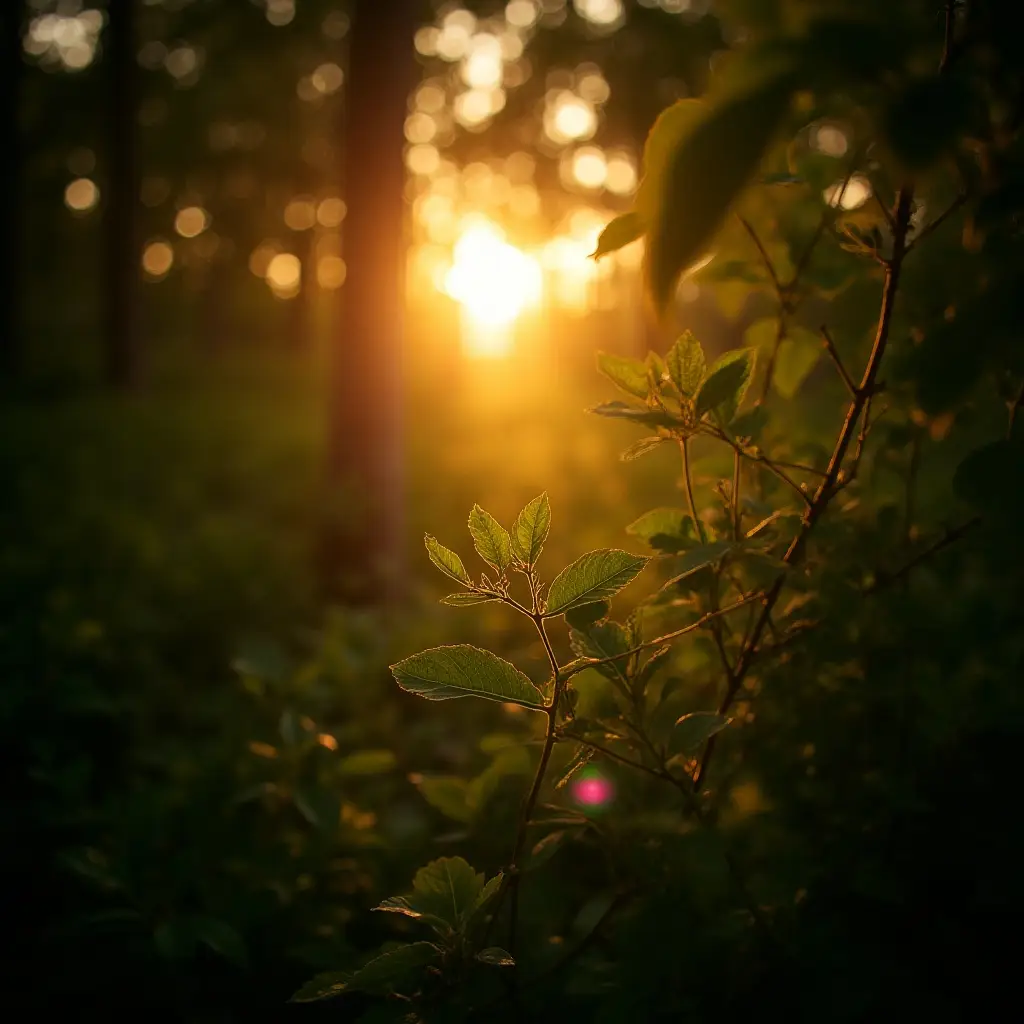
There’s a peculiar emptiness in racing through destinations. You may gather dozens of photos, stories, recommendations — yet something vital slips away. The hurried pace leaves little room for wonder, for the magic that hides in unplanned encounters and everyday moments. Joy lives in the spaces between plans, in the gaps we often try to fill. And this is where we begin to understand the difference between slow travel vs tourism — between ticking off sights and actually feeling the heartbeat of a place. Learning how to slow travel begins here: in choosing presence over pressure, depth over speed.
The first days in a new city are like reading the first pages of a novel — exciting, but still unfamiliar. But when you stay longer, the place begins to tell you its secrets. A bakery becomes “your” bakery. A park becomes “your” place to think. Street corners carry memories, and the city stops being a point on a map and becomes a living, breathing story you’re part of. Among the often overlooked slow travel benefits is this quiet transformation — when a city stops being a destination and starts feeling like a chapter of your own meaningful travel journey.
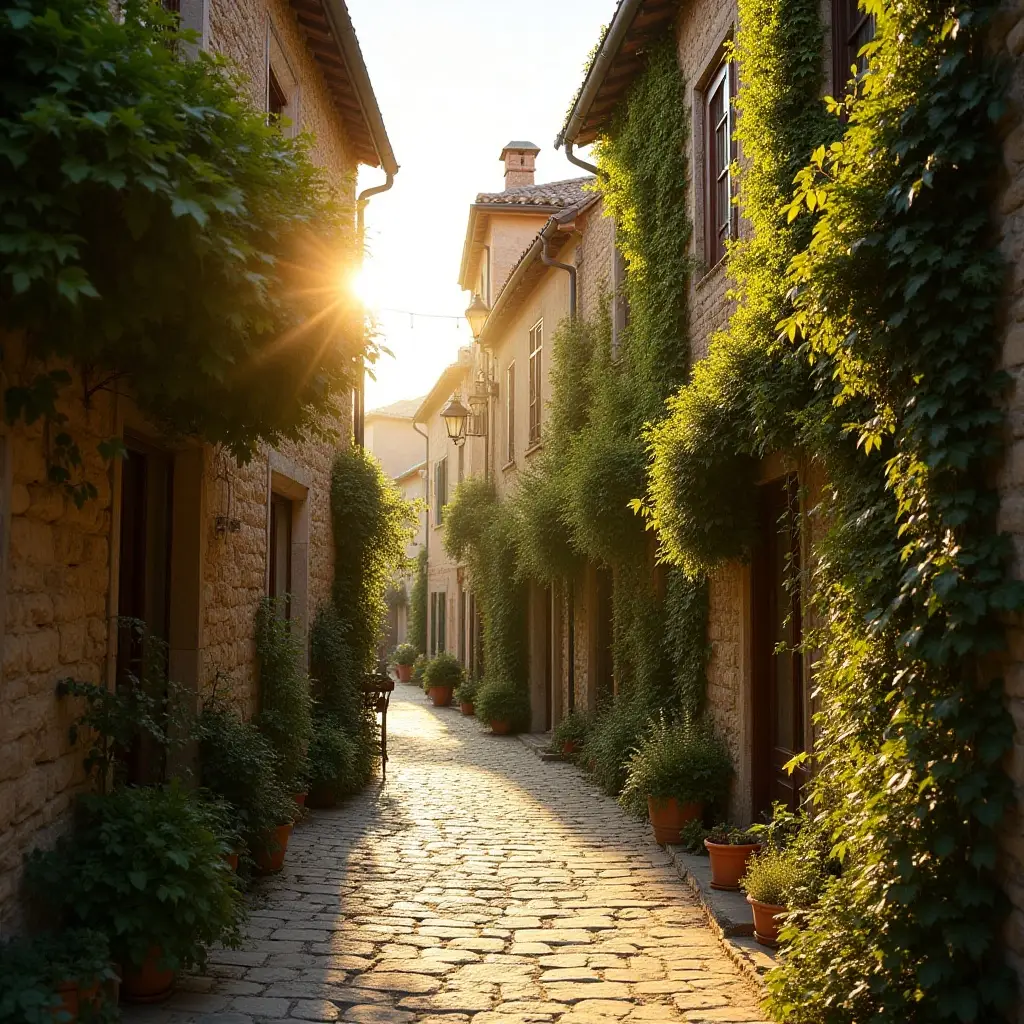
The first breakfast is discovery, the second is confirmation, but the third — that’s when it becomes a ritual. You no longer fumble with the menu; you know what you love. The server smiles in recognition. You slip into the rhythm of the place, and something inside you softens. You travel at your own pace, and the city welcomes you into its quiet rituals.
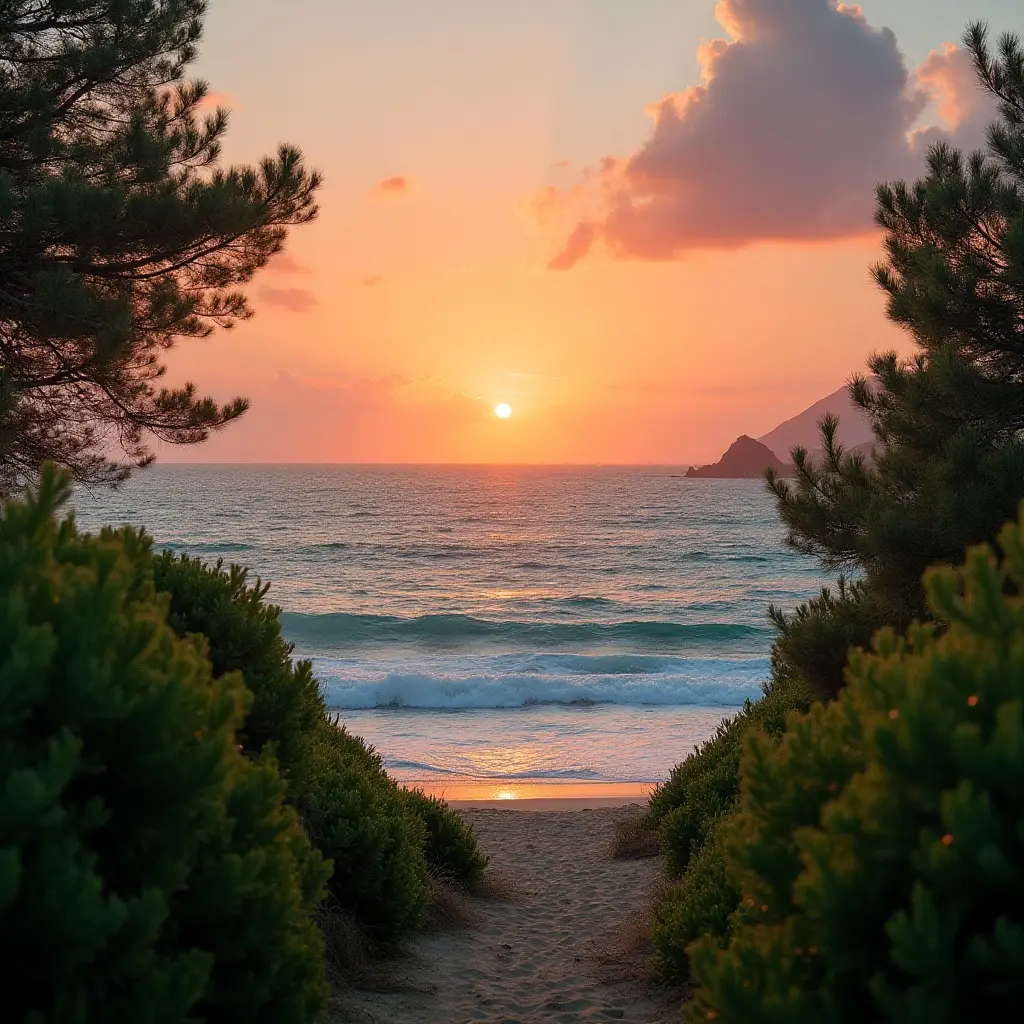
At first, we photograph everything — anxious to capture, to remember. But over time, the camera falls away, and we begin to trust our senses. We notice the way the air smells after rain, the sound of footsteps on cobblestones, the way sunlight moves through leaves. It’s a mindful journey, where you trade snapshots for sensations, and memory becomes the true souvenir.

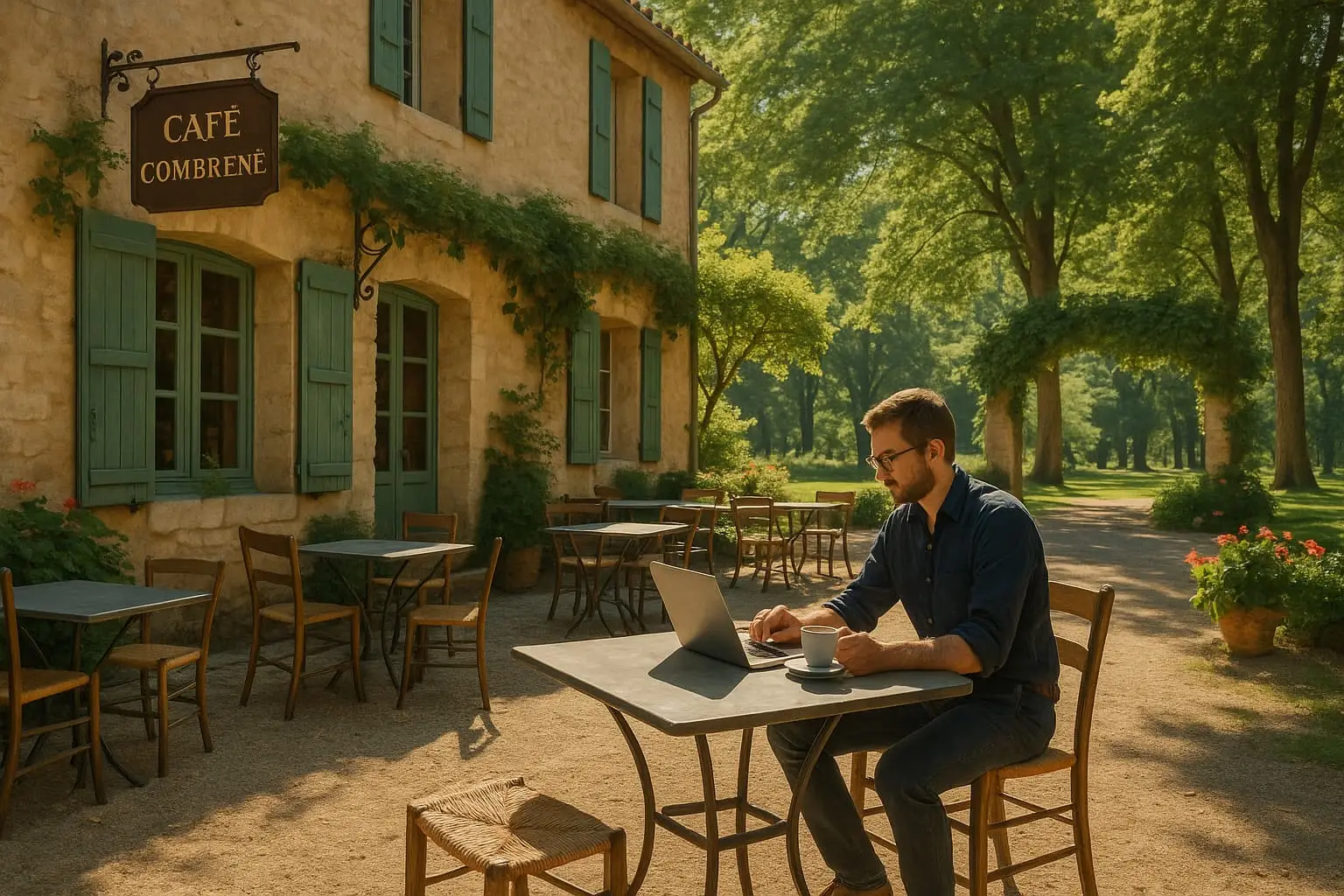

Some towns don’t ask you to stay — they make you want to. They wrap around you gently, with a sense of welcome that’s hard to explain and impossible to ignore. These are not the cities in guidebooks’ “top 10,” not the capitals with polished attractions. They’re small towns where life moves at its own rhythm and invites you to follow.
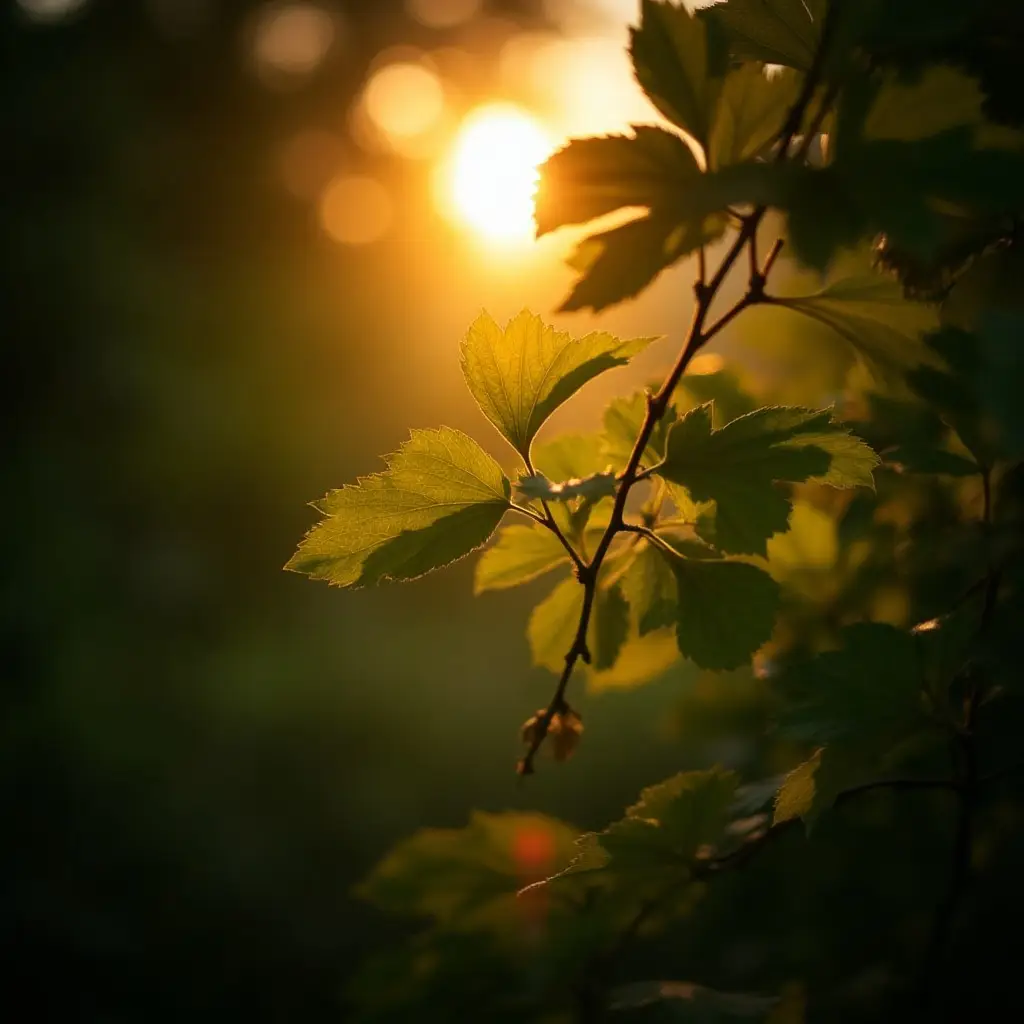
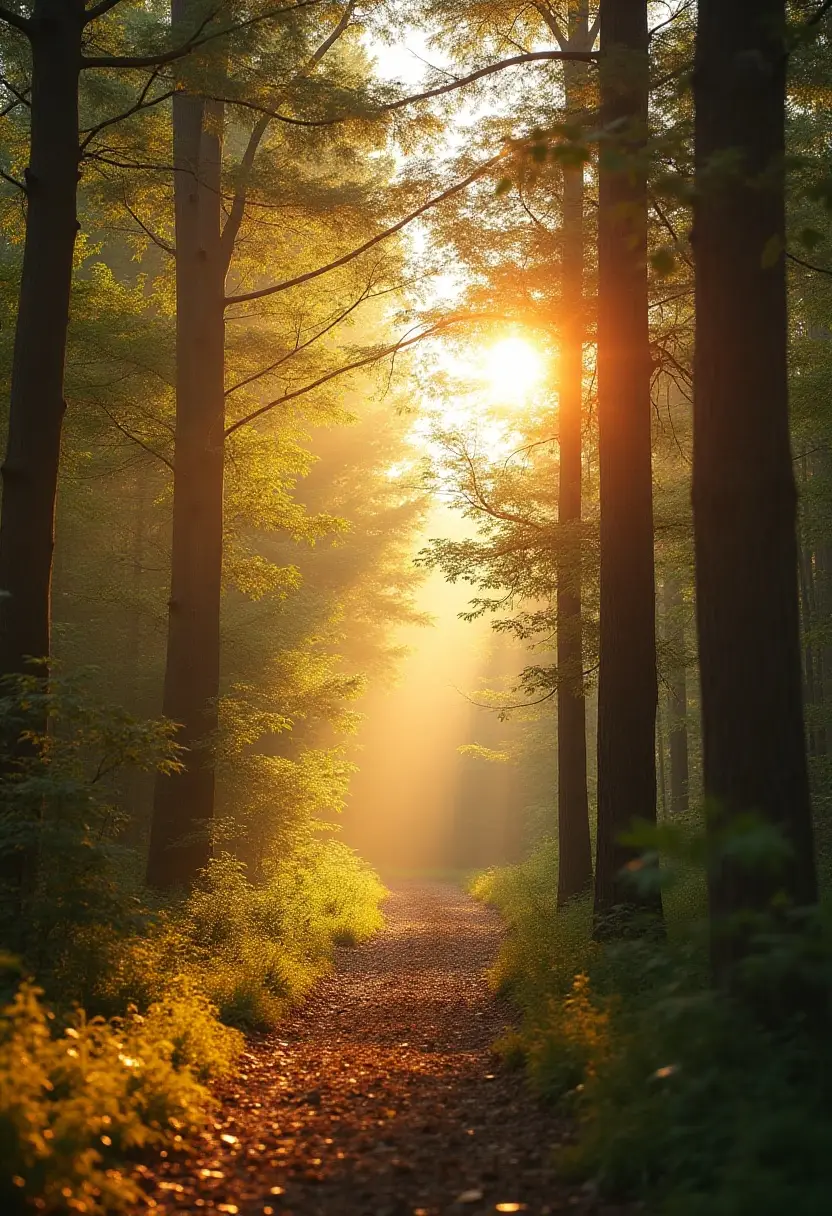

There’s a quiet charm in places that haven’t been designed for visitors. Their beauty is uncurated, their appeal unadvertised. It’s the square where locals gather at dusk, the small bar where music spills onto the street, the neighborhood where laundry hangs like flags of daily life. In these slow cities, you don’t just visit — you live alongside.
Stay long enough, and the town begins to notice you. The barista nods, the market vendor throws in an extra piece of fruit, neighbors wave from their balconies. You’re no longer a stranger passing through — you’re part of the fabric, not just a tourist brushing past.

These are the places that become part of your story — the ones you return to in memory, and maybe, one day, in person.
It’s not Dublin, but the windswept edges of Dingle. Not Lisbon, but the sunlit alleys of Tavira. Not Rome, but the rolling hills of Puglia. The soul of these countries often lives in their quiet corners, where time slows, and you take your time to simply be.
Slow travel is often romanticized as a quest, a search for meaning, a “finding yourself” experience. But maybe it’s simpler than that. Maybe it’s not about transformation or revelation — maybe it’s just intentional travel, about living with your eyes open and heart engaged.

You’re not running away from life when you travel slowly. You’re allowing yourself to land softly into it, to be present in a way that’s often lost in daily routine. To feel at home abroad, even if just for a little while.

The beauty of slow travel is that it doesn’t demand a dramatic narrative. There’s no need for a grand adventure or life-changing moment. Instead, it’s an unfolding — of days, of places, of yourself — a quiet kind of transformation.
For some people, slow travel feels like slipping into a rhythm that’s been waiting all along. It’s not forced or contrived — it’s a natural flow where mornings stretch wide, afternoons invite curiosity, and evenings feel like coming home.
There comes a point when you realize you don’t need to keep chasing the next destination. Where you are becomes enough. You stop measuring progress and start savoring presence — that’s the quiet heart of a slow-paced lifestyle.
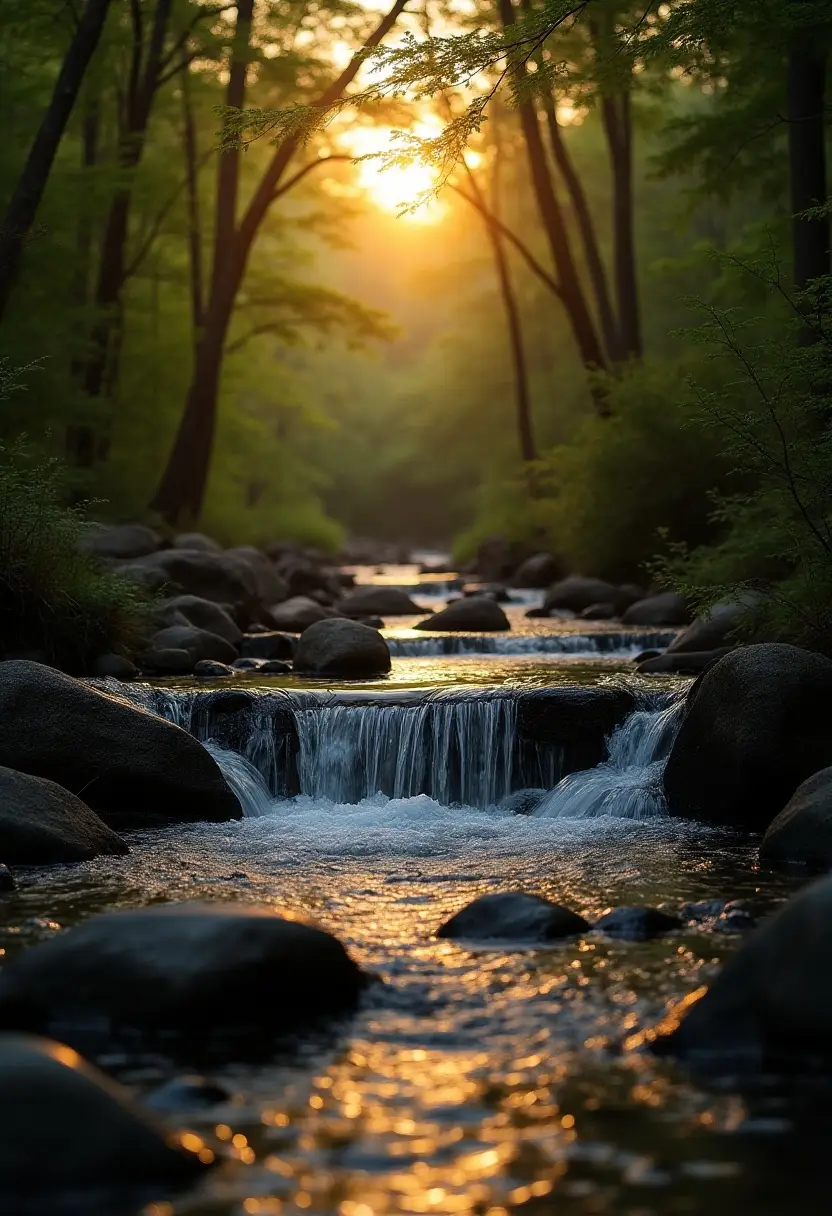


The gentle ache of slow travel is the feeling of wanting just a little more time. Not because you fear missing out, but because you’ve settled into a way of being that feels right.
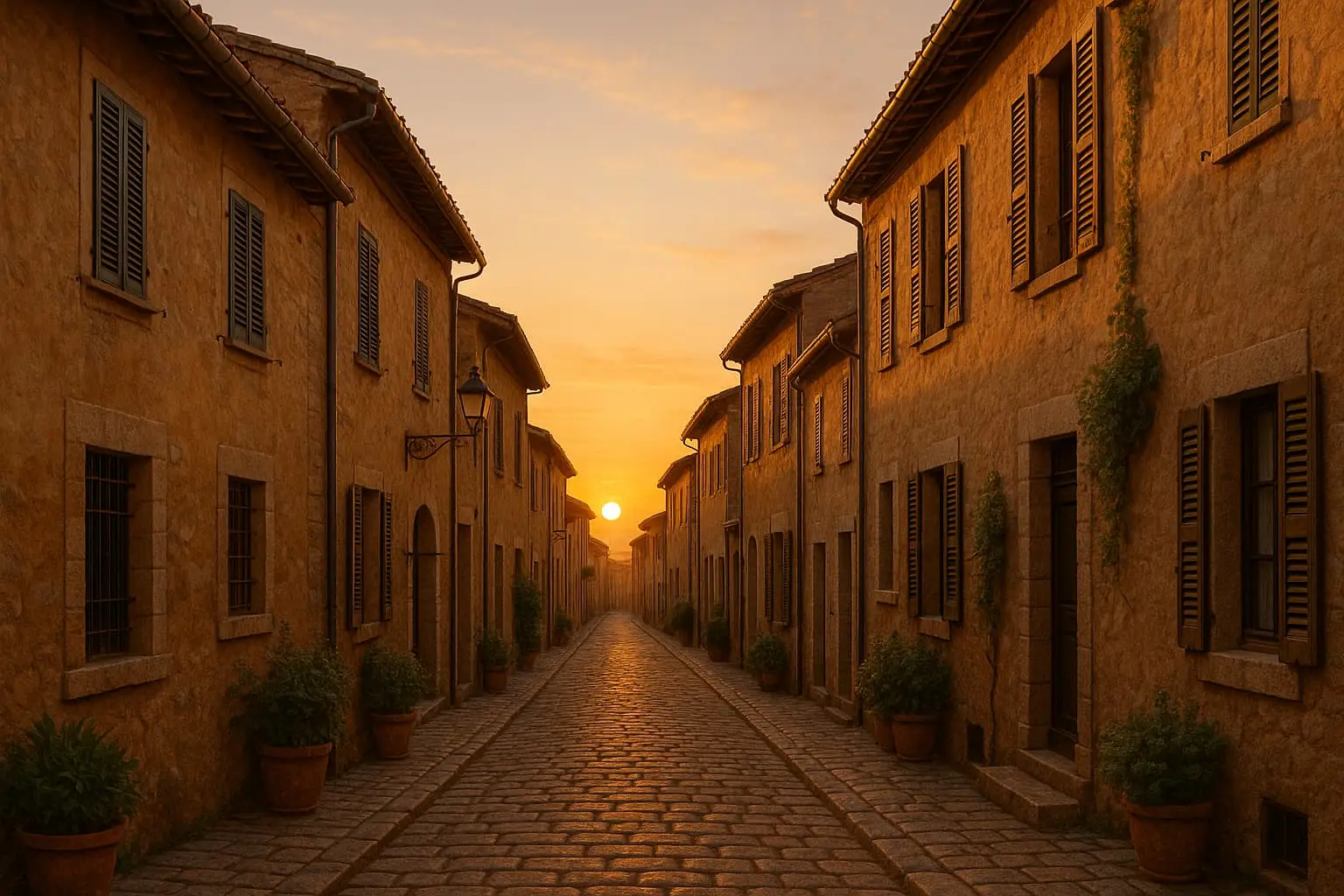
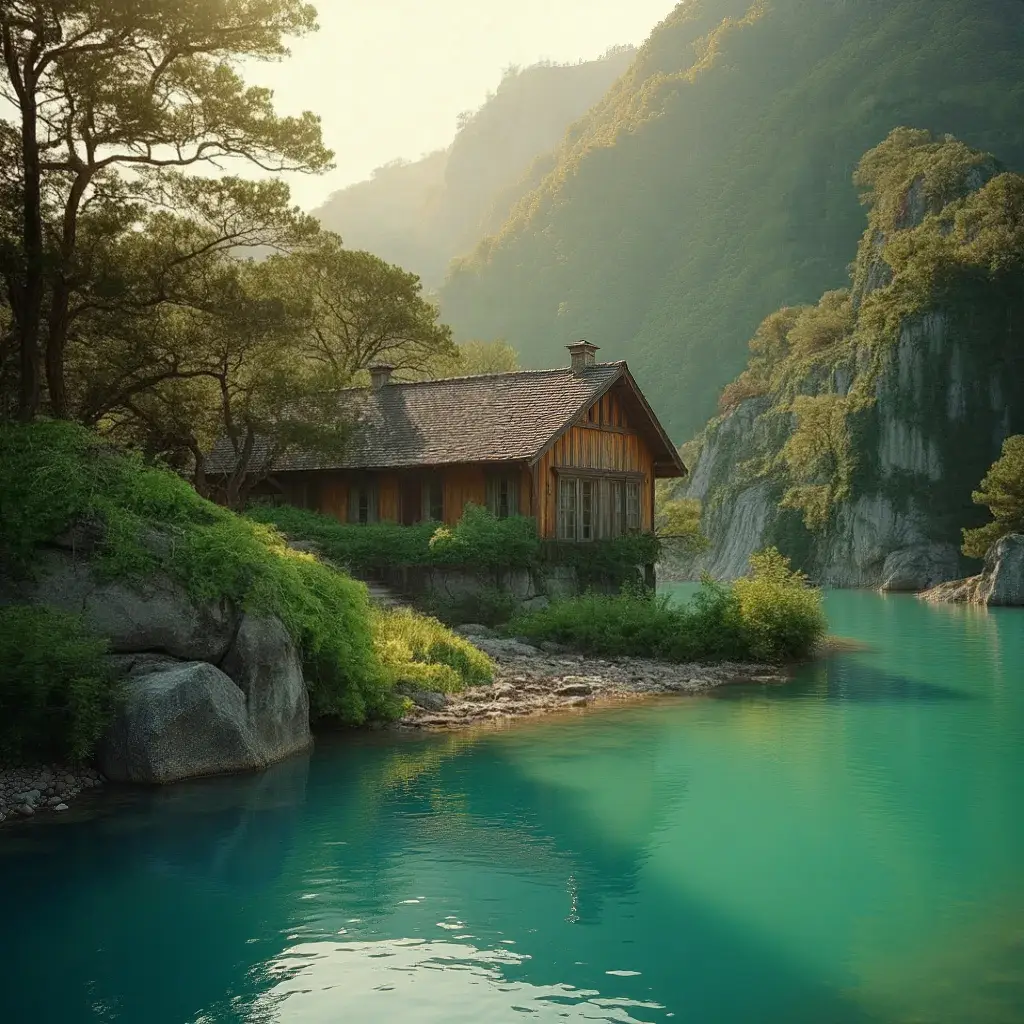

Slow travel isn’t reserved for the privileged. It’s not about luxury or indulgence. Often, it’s the simplest moments — a picnic by the river, a long walk through town, a shared meal — that cost little and give the most.
To stay doesn’t mean to settle. It means allowing yourself to sink into a place without needing to define it, to belong without possessing. You don’t have to give up movement to take your time and savor where you are.

The practical side often comes down to flexibility — in work, in plans, in mindset. Freelance jobs, remote work, or simply an openness to possibility can make this life not only possible but deeply rewarding.

Sometimes what makes this rhythm possible isn’t just a mindset, but also a bit of practical magic — the tools and choices that open the door to living this way. Maybe it’s embracing a more flexible path, with curiosity and openness . Or perhaps it’s about finding the right balance in your finances, discovering simple money tools that help stretch days into weeks, and weeks into seasons.


Maybe, without even noticing, you’ve already arrived at the rhythm that suits you. What began as just a trip, a simple curiosity to see the world, has quietly turned into something more — a way of living. Days shaped not by urgency, but by presence. Moments measured not in miles, but in meaning.
And here’s the gentle truth: this isn’t a manifesto. There’s no doctrine to follow, no right or wrong way to wander. It’s simply an invitation — a soft call to pay attention, to allow yourself to be moved, to let joy find its way into the folds of everyday life.
Because slow travel was never really about slowing down for its own sake. It was, and is, about feeling joy — deep, quiet joy — in the places and moments where you once rushed past, and now choose to stay.
In the end, slow travel isn’t about how far you go — it’s about how deeply you connect. It’s being part of a place, not just passing through. Joy lives in the moments we often overlook: a shared laugh, a quiet morning, the unexpected feeling of belonging far from home. This is the invitation: be present, stay open, let the world leave its mark on you.